How do you know,
you can't remember,
if your memory is gone?
Public Posts Bellevue, WA Bellevue, WA (zoom)
NASA Astronomy Picture of the Day:
It's northern noctilucent cloud season. Composed of small ice crystals forming only during specific conditions in the upper atmosphere, noctilucent clouds may become visible at sunset during late summer when illuminated by sunlight from below. Noctilucent clouds are the highest clouds known and now established to be polar mesospheric clouds observed from the ground. Although observed with NASA's AIM satellite since 2007, much about noctilucent clouds remains unknown and so a topic of active research. The featured image shows expansive and rippled noctilucent clouds wafting over Paris, France. This year, several northern locations are already reporting especially vivid displays of noctilucent clouds.
Photo by Bertrand Kulik
Red the sky.
A grey dawn.
It was early,
so, I yawned.
Why do I rise
in the early morn,
when I'm not sleeping
a mind forlorn?
I worry about her
who worries about
everything and me.
Her life is fading away
as my old bones,
began to fray.
The Human Kaleidoscope and the Unwritten Story of the World: “Radiolab” Creator Jad Abumrad’s Superb Caltech Commencement Address || by Maria Popova :: The Marginalian
....."Taking the work and the knowledge and the discoveries of those that came before you. And, in your life time, you are going to move it forward in ways no one could have imagine. And you’re not going to get all the way. And that’s OK. Because without your effort, humanity is never going to get there...."Read more
A Comment by Loy
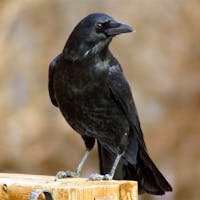
Interesting read - makes you think how we are all one small piece of something so much bigger.
NASA Astronomy Picture of the Day:
What is the oldest thing you can see? At 2.5 million light years distant, the answer for the unaided eye is the Andromeda galaxy, because its photons are 2.5 million years old when they reach you. Most other apparent denizens of the night sky -- stars, clusters, and nebulae -- appear as they were only a few hundred to a few thousand years ago, as they lie well within our own Milky Way Galaxy. Given its distance, light from Andromeda is likely also the farthest object that you can see. Also known as M31, the Andromeda Galaxy dominates the center of the featured zoomed image, taken from the Sahara Desert in Morocco last month. The featured image is a combination of three background and one foreground exposure -- all taken with the same camera and from the same location and on the same calendar day -- with the foreground image taken during the evening blue hour. M110, a satellite galaxy of Andromenda is visible just above and to the left of M31's core. As cool as it may be to see this neighboring galaxy to our Milky Way with your own eyes, long duration camera exposures can pick up many faint and breathtaking details. Recent data indicates that our Milky Way Galaxy will collide and combine with the similarly-sized Andromeda galaxy in a few billion years.
Photo by Jordi Coy
Pablo Picasso (1881 –1973) - Spanish painter, sculptor, printmaker, ceramicist and theatre designer. He spent most of his adult life in France. Regarded as one of the most influential artists of the 20th century, he us known for co-founding the Cubist movement, the invention of constructed sculpture, the co-invention of collage art and for the wide variety of styles he helped develop and explore. Picasso demonstrated extraordinary artistic talent in his early years and was extremely prolific throughout his life with over 20,000 paintings, drawings, sculptures, ceramics and other items such as costumes and theater sets. Read more
Why do eyes leak,
when words are said,
"I want to be with my father,"
who has been gone for
over thirty years.
I observed this, behavioral
change of the past several months.
Sing again to me,
about a savage love.
Young hearts, rapidly beat,
when love was lost,
by indifference from
the likes of he.
Do you have a heart,
when you leave, alone
encouraging us to part?
NASA Astronomy Picture of the Day:
Three thousand light-years away, a dying star throws off shells of glowing gas. This image from the Hubble Space Telescope reveals the Cat's Eye Nebula (NGC 6543), to be one of the most complex planetary nebulae known. Spanning half a light-year, the features seen in the Cat's Eye are so complex that astronomers suspect the bright central object may actually be a binary star system. The term planetary nebula, used to describe this general class of objects, is misleading. Although these objects may appear round and planet-like in small telescopes, high resolution images with large telescopes reveal them to be stars surrounded by cocoons of gas blown off in the late stages of stellar evolution. Gazing into this Cat's Eye, astronomers may well be seeing more than detailed structure, they may be seeing the fate of our Sun, destined to enter its own planetary nebula phase of evolution ... in about 5 billion years.
Photo by Raul Villaverde
"Formally The State of Tennessee v. John Thomas Scopes, and commonly referred to as the Scopes Monkey Trial, s The Trial which started on July 10 1925 in which a high school teacher, John T. Scopes, was accused of violating Tennessee's Butler Act, which had made unlawful to teach human evolution in any state-funded school."
"The trial publicized the Fundamentalist–Modernist controversy, which set Modernists, who said evolution was not inconsistent with religion, against Fundamentalists, who said the Word of God as revealed in the Bible took priority over all human knowledge. The case was thus seen both as a theological contest and as a trial on whether evolution should be taught in schools". Read more








.jpg?fit=crop&w=280&h=280&q=93)






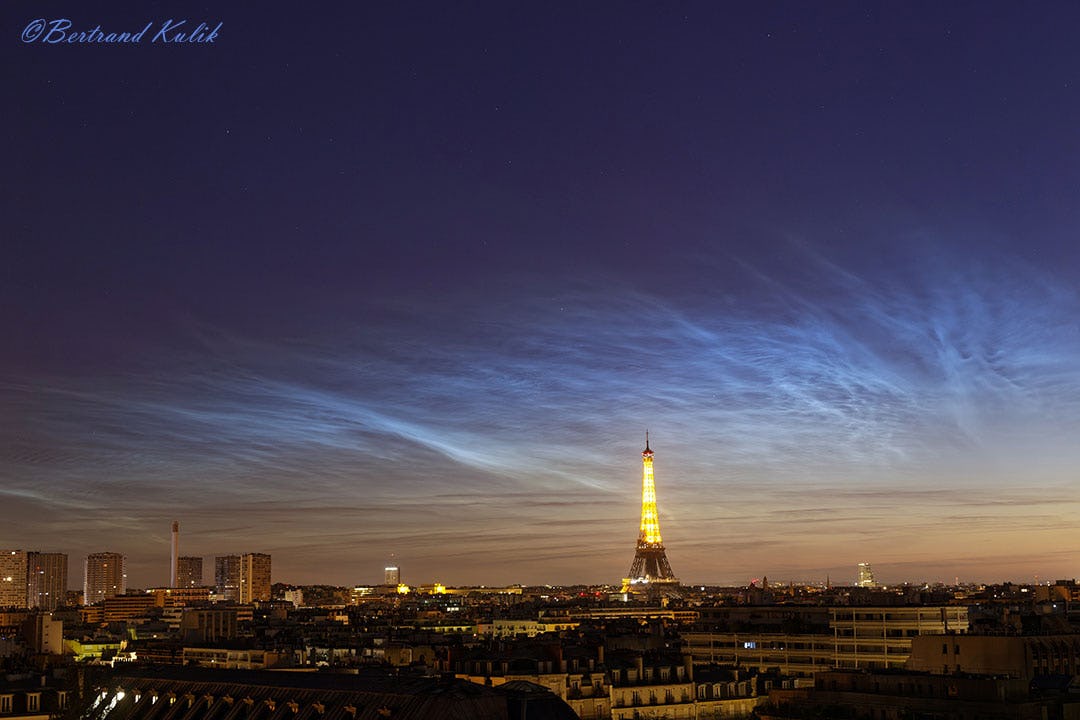
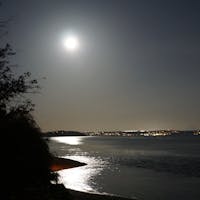
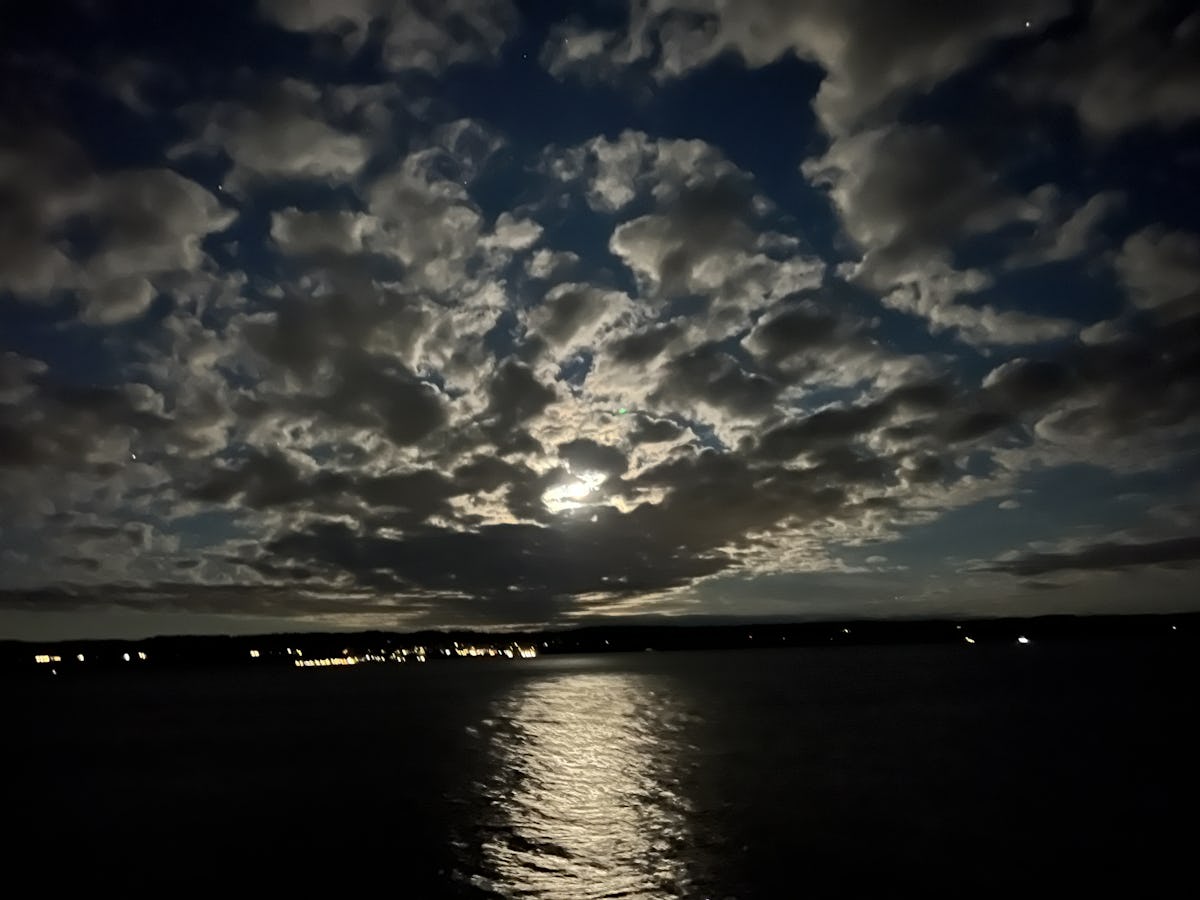
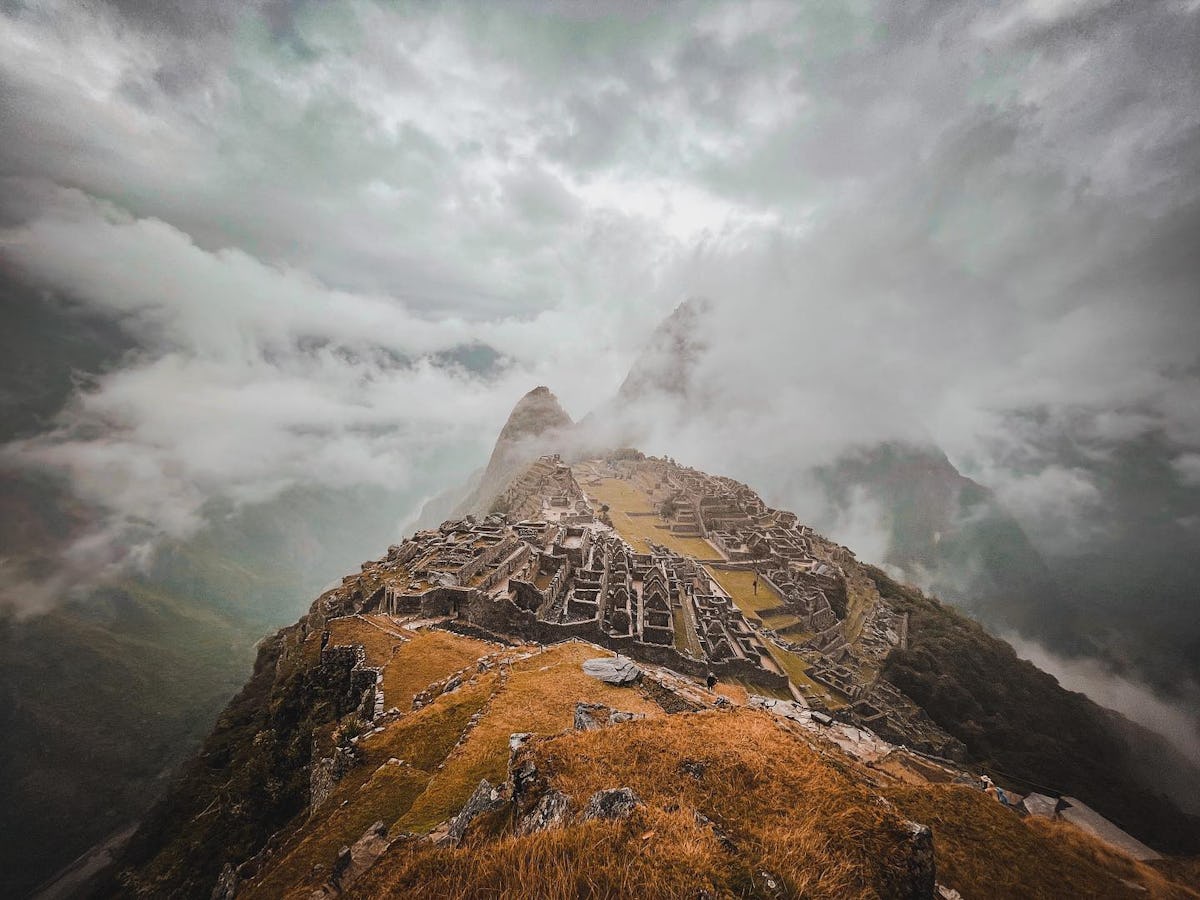


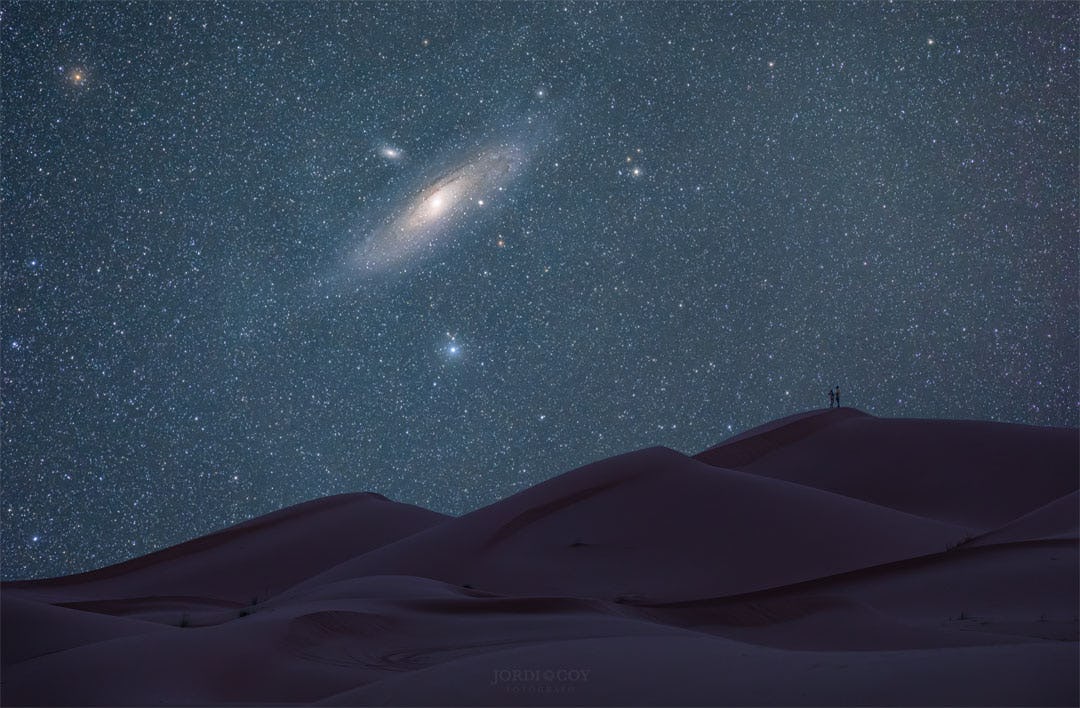
%20-%20R.jpg?fit=max&w=1200&h=1200&q=48)
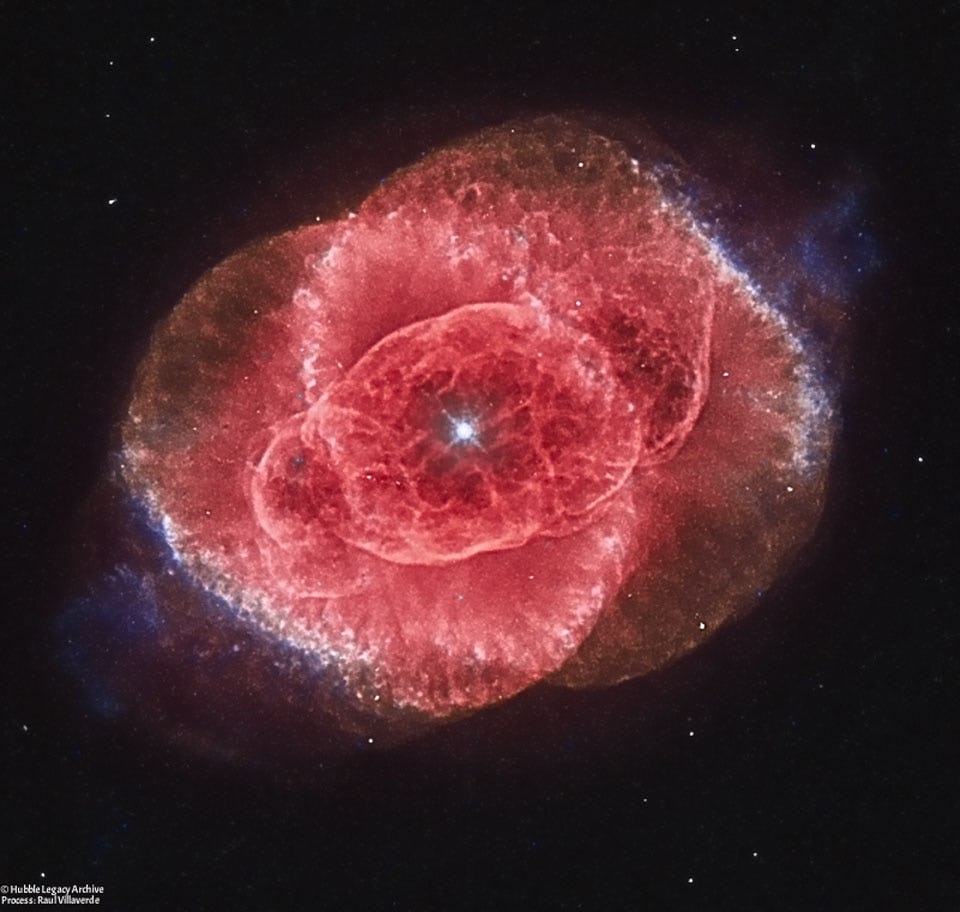
.jpg?fit=crop&w=200&h=200&crop=faces)
_(2899125158)-R.jpg?fit=max&w=1200&h=1200&q=48)


 - Copy.jpg?fit=crop&w=280&h=280&q=93)














